Knee Supports for ACL Injuries
Anterior Cruciate Ligament Injuries
Damage to the ACL is typically considered to be a sprain as it refers to a ligament injury. Sprains are the most common sports injuries and ACL injuries are the most common severe knee pain injuries as well as one of the most common ligament injuries.
This means a lot of professional athletes and fitness enthusiasts suffer from some type of ACL injury and they can be very damaging to how the knee operates or can cause a lot of pain so proper treatment and injury management are needed in order to recover properly.
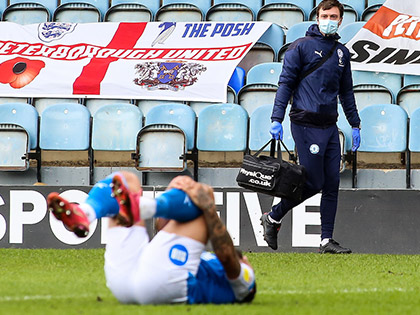
Although the knee has 4 ligaments in total, connecting three different bones and has two tendons as well; the ACL is vital to making the knee joint work properly.
This is because the ACL (anterior cruiciate liagement) is actually inside the knee joint, along with the PCL (posterior cruciate ligament) and these ligaments are classified as cruciate ligaments, they are responsible for the back and forth movement of the knee so it makes sense that damage to the ACL can be quite scary in terms of mobility as it limits your full range of movement.
If it's still unclear what role the ACL plays, it connects the thighbone to the shinbone which is important for stabilisation.
ACL injuries can range in severity, sprains are usually categorised into 'grades' to easily identify how to approach injury management as each level of severity will be a very different case from the rest. This is because the type of Sprain will influence how unstable the knee is.
N.B. Please don't attempt to self-diagnose yourself, you should always seek qualified medical guidance if you believe you have developed a medical condition/injury.
Grade 1 Sprains - The ligament has very minor damage such as being stretched a little bit. The knee joint is still pretty stable but there may be slight mobility issues accompanied by some pain and limiting range of motion. The pain is not severe though and might only be associated with movement of the joint.
Grade 2 Sprains - The ligament has been overstretched and this results in the ligament becoming loose. These ACL injuries are classed as a partial tear of the ligament.
The pain level will be higher than a Grade 1 Sprain and it can still be easily treatable but if it is not managed properly and another acute injury takes place then the partial tear could potentially lead to a rupture.
Grade 3 Sprains - This is a complete tear/rupture of the ligament. Complete ACL tears require surgery because the ligament is basically torn in half. As you can imagine, this makes the knee very unstable because the thighbone is no longer connected to the shinbone.
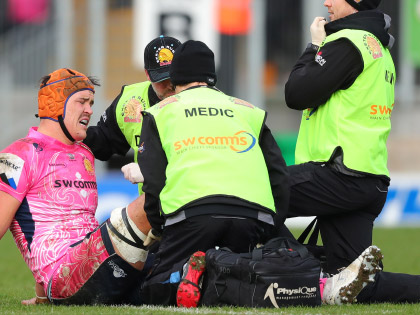
What causes an ACL Injury?
Sporting activities as well as fitness activities are the main cause of an ACL injury, this is because of how the knee operates when you're doing physical activities. A lot of sports and fitness-related activities can involve:
- Slowing down quite quickly
- A sudden change in direction
- A forceful stop (braking action)
- Pivoting with the feet
- High Impact blows to the knee
- Landing in an unnatural position after jumping
Sports like football, rugby and netball all involve these in some aspect but some sports might involve these knee-hindering movements a bit more.
For example, Netball involves a lot of jumping, sudden stops and pivoting whereas Rugby and Football involves a lot less of this but involves a lot more blows to the knees as they are contact sports.
What are the symptoms of an ACL injury?
N.B. Please don't attempt to self-diagnose yourself, you should always seek qualified medical guidance if you believe you have developed a medical condition/injury.
The easiest way to identify a rupture is that the ligament makes a popping noise when the injury occurs.
If you're a professional athlete or in an environment where you won't be able to hear that noise and correctly associate it with your knee then it makes it quite tricky to identify it straight away.
The next best way to tell is by gauging how strong your knee is, an ACL injury (regardless of severity) will definitely cause some instability while your knee struggles to support you and you may even start to feel pain in muscles related to the knee as they try to take some weight off the knee joint.
Try not to overdo it and if you think you have genuinely injured the ligament then it's always best to consult someone medically trained so that they can provide a proper assessment.
other symptoms that may appear after injury:
- Swelling and persisting pain ranging from discomfort to severe depending on the injury.
- Pain when walking
- Tenderness
- Range of motion affected
- Knee feels unstable
Over time the pain and discomfort could subside if it's not a complete tear and this can happen even if you don't treat the injury with something like the POLICE principle.
This doesn't mean there's nothing to worry about though because your knee will only heal enough to solve any serious damage.
This is done mainly through the swelling which promotes healing and full recovery can not be achieved without physiotherapy or very slow and gradual re-introduction to sports if it's a less severe sprain.
The point I'm trying to make is that in order to properly recover from an ACL injury and not cause more damage or re-injury then you need to follow basic injury management principles and then rehabilitate the leg.
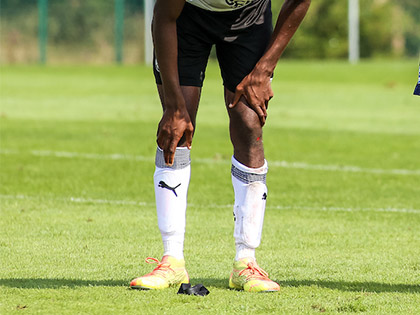
So what can I do to help with my ACL injury?
The most important piece of advice is that you should consult a healthcare professional such as a physician or knee specialist who will then refer you to a physiotherapist because if you want your knee to fully recover without risking re-injury then you're going to need qualified guidance.
There are of course other things you can do yourself to help manage the injury.
You can follow the advice I mentioned earlier about using the injury management principle to treat it but if you have a complete tear then the most important treatment you'll really need is surgery.
You can of course still use basic principles like elevation, compression and anti-inflammatory pain relief to help manage the pain.
Using a knee support for recovery and post-operation care is also typically recommended to stabilise the joint and immobilise it in some cases.
Knee Supports for ACL injuries
Key considerations for choosing a knee support:
- Make sure the knee support is adjustable for the perfect fit
- Hinges are always better than no hinges for serious sprains
- Will it help stabilise the joint?
Actimove Knee Stabiliser
This can be used for minor ACL injuries, you can use it for Grade 1 & 2 Sprains and it will help to stabilise your knee a bit with adjustable straps.
Actimove Hinged Knee Brace
This hinged knee brace is for more serious sprains so it can be used for Grade 2 and 3 sprains, it is particularly useful after surgery because the Hinges give your knee that extra bit of support.
Donjoy Playmaker Knee Brace
This knee brace is suitable for mild to moderate ligament injuries, the straps above and below the knee help provide that extra bit of support and stabilisation that is lost when the ACL is injured.
Sources and References:
Docortho - ACL injury knee supports
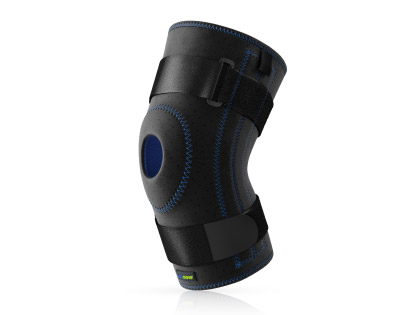
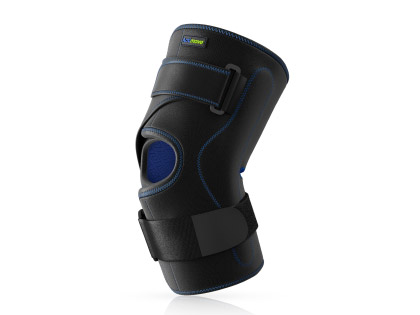
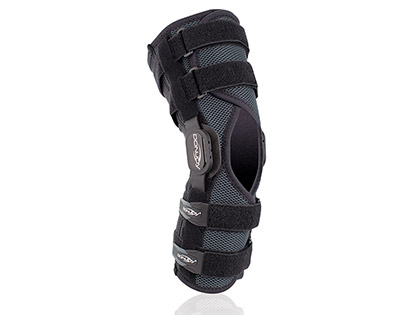

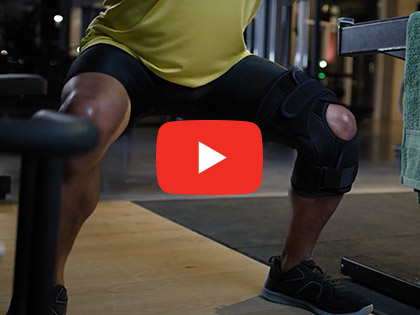
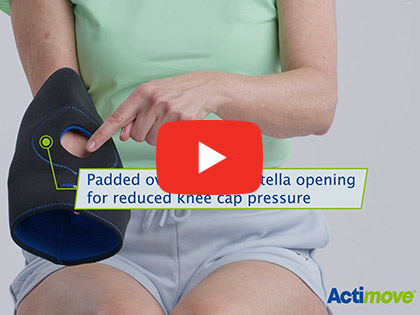
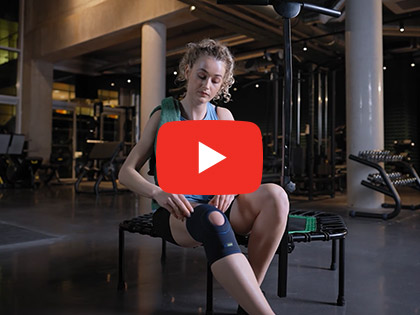
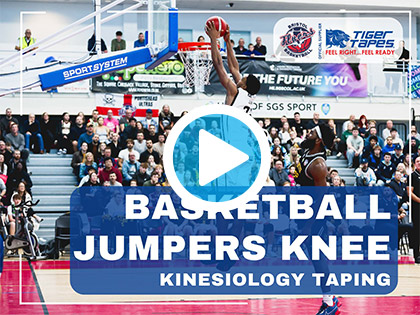
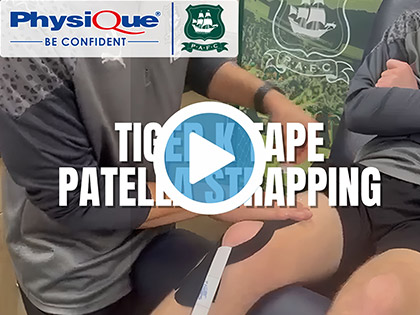
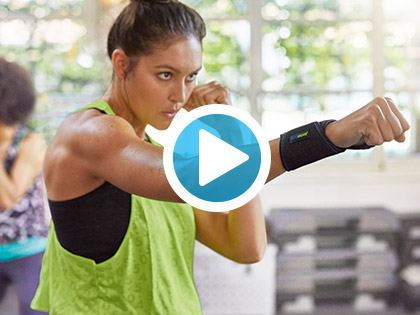
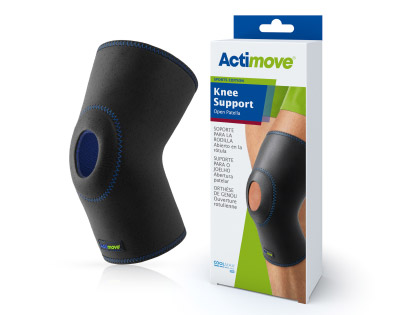
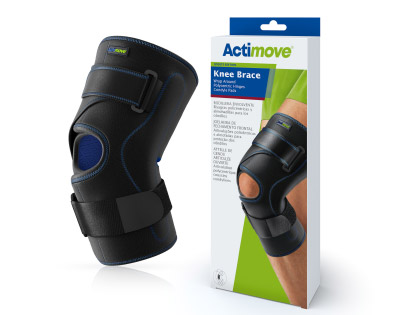

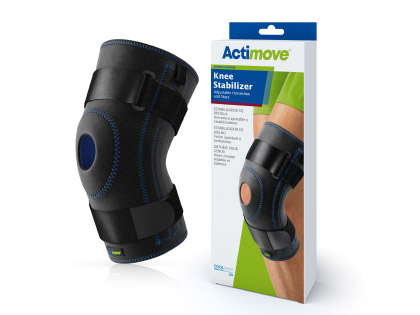


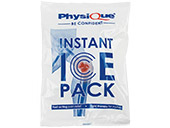


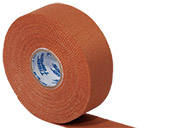
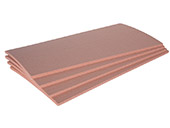
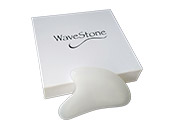
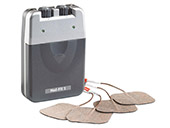

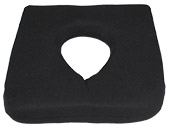
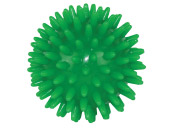

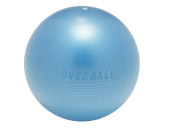

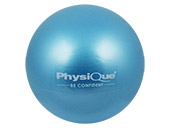
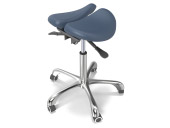
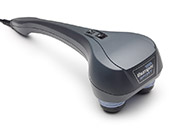
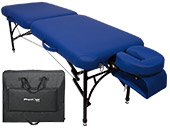
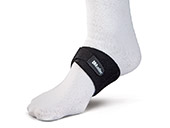


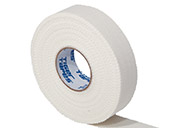
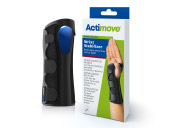





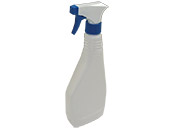


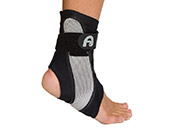
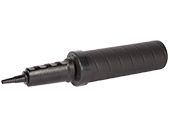


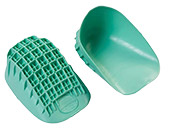

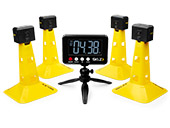
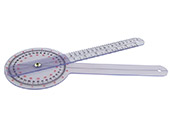
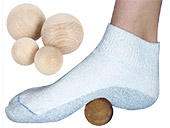


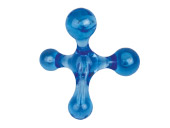
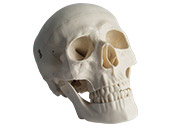


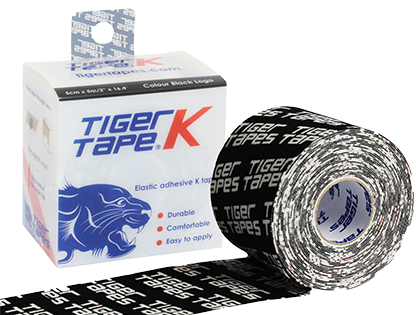
Did you find this article useful?
Why not share this with a colleague, patient or friend?